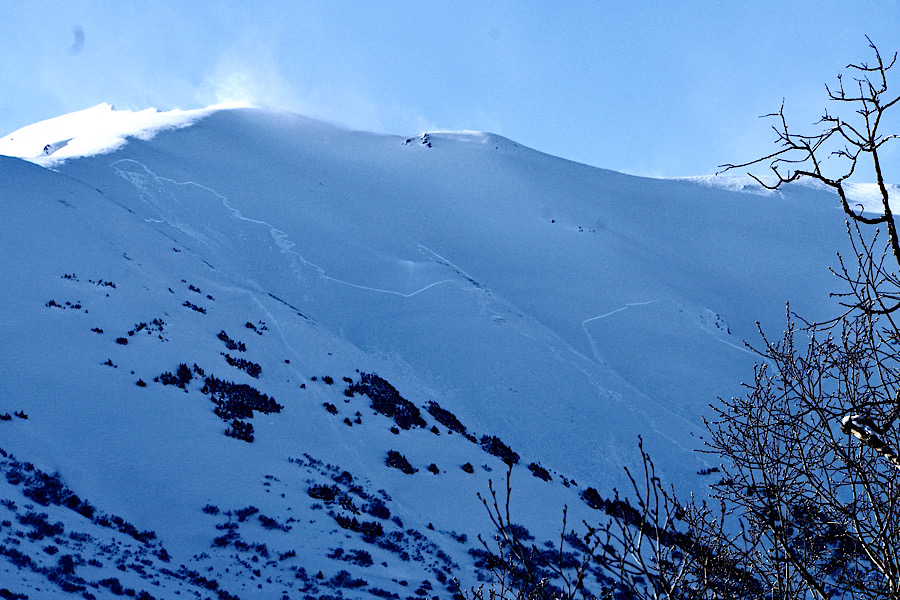Turnagain Pass
|
|
We have issued a Special Avalanche Bulletin through the National Weather Service for the Turnagain Pass area and surrounding mountains.
Today the avalanche danger is CONSIDERABLE above 1000′ due to the potential size and consequences of triggering an avalanche. It remains possible for a human to trigger a large and deadly slab avalanche 3-8+ deep on slopes 30 degrees or steeper. Watch for lingering wind slabs in leeward terrain and avoid travel on or under cornices. Conservative decision making and cautious route-finding are essential if headed into the backcountry.
SUMMIT LAKE TO SEWARD REGION: Expect the avalanche danger to remain elevated due to yesterday’s strong winds, recent precipitation and poor snowpack structure.





